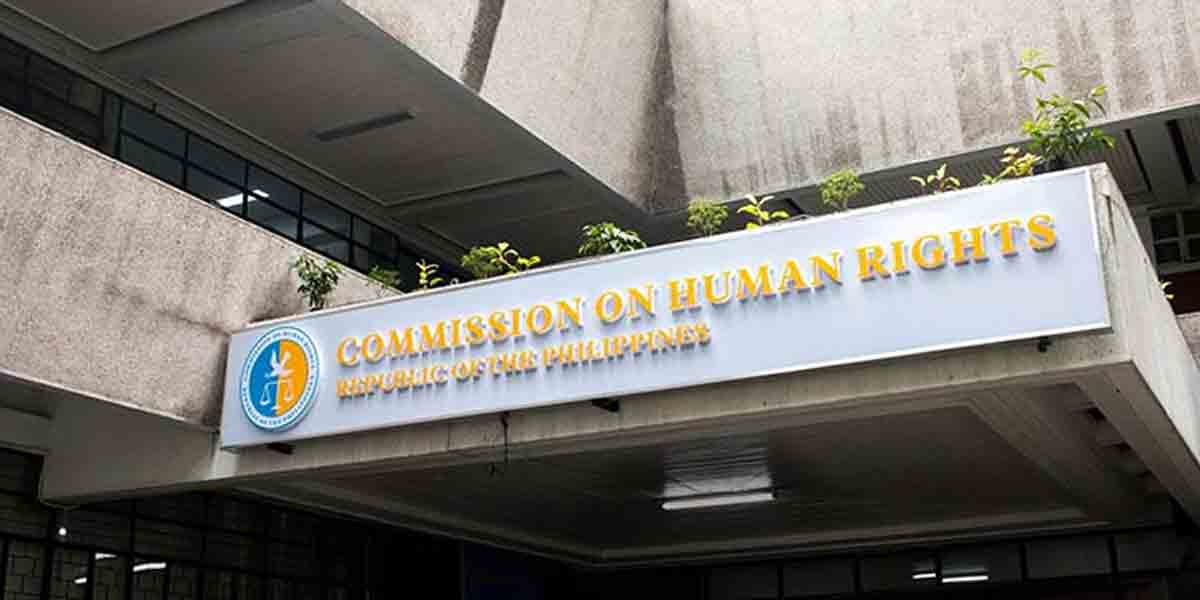 By Atty. Rolex T. Suplico
By Atty. Rolex T. Suplico
In this new case of People vs. Gerald Moreno y Tazon (GR 191759, Mar. 2, 2020), the Supreme Court illustrated that the positive, categorical, consistent identification of a single witness prevails over the alibi and denial of the accused. The Court affirmed the decision of the Court of Appeals, with modification as to the award for damages, which, in turn, affirmed the decision of the Regional Trial Court of Manila.
On Nov. 16, 2001 at around 215am, Riza and her husband Cecil were sleeping in their house in Manila. Riza woke up when something hit her head. Switching on the light, she saw a man in khaki shorts and a white T-shirt stabbing Cecil. The man fled. She shouted for help. The neighbors came and they brought Cecil to the hospital, where he died. Riza did not know who the killer was but she only remembered his face. A cartographer drew a sketch of the killer’s face. On a tip, the police arrested Moreno around noontime. And Riza identified him as the killer.
Moreno denied the accusation. His mother and brother corroborated his story. He said that while he was sleeping, a robbery occurred nearby. He went out wearing black pants and a gray T-shirt. A neighbor asked him to get a taxi. He then helped carry Cecil inside it. Afterwards, he went back to sleep. At around 11am of the same day, the police invited him to the station, where Riza identified him as the killer.
An Information for murder was filed against Moreno, who entered a plea of “not guilty.” After due trial, the Regional Trial Court found him guilty of murder. The court held that “the clear, positive and credible testimony of (Riza) that (Moreno) was the culprit sufficiently removed any reasonable doubt on his guilt.” It rejected his defenses of alibi and denial.
On appeal, the Court of Appeals upheld the trial court’s decision. Thus, Moreno appealed to the Supreme Court.
The Court explained that “(d)enial is inherently a weak defense which cannot outweigh positive testimony. A categorical statement that has the earmarks of truth prevails over a bare denial, which can easily be fabricated and is inherently unreliable. For the defense of alibi to prosper, the accused must prove that he was at some other place at the time of the commission of the crime and that it was physically impossible for him to be at the locus delicti or its immediate vicinity. These requirements of time and place must be strictly met.”
The appellant Moreno said that he was asleep when the attack occurred. He said he never met Cecil and saw him for the first time when he helped put him into a taxi. Yet, he admitted that only a wall separated his house from that of Cecil and Riza’s. The Court held that this “admission negated physical impossibility of him being in the crime scene, making his alibi unbelievable.” The testimonies of his mother and brother did not also help. It added that “(t)his Court has consistently assigned less probative value to a defense of alibi when it is corroborated by relatives. For corroboration to be credible, the same must be offered preferably by disinterested witnesses. Evidently, (Moreno’s mother and brother) were not disinterested witnesses both being (his) relatives. Their testimonies are rendered suspect because the former’s relationship to them makes it likely that they would freely perjure themselves for his sake. Hence, by all accounts, appellant failed to meet the requirements for his defense of alibi to prosper.”
Moreno argued that his physical appearance varies from the description given by Riza. This, he said, “provides reasonable doubt on his guilt.” The Court explained that It “has consistently ruled that witnesses frequently concentrate on the facial features and movements of the accused. Victims of violence tend to strive to see the appearance of perpetrators of the crime and observe the manner in which the crime is committed and not unduly concentrate on the extraneous factors and physical attributes unless they are striking.”
The Court concluded that Riza’s “positive, categorical and consistent identification of the appellant as the perpetrator of the crime prevails over (appellant’s) rehashed defenses of denial and alibi x x x.”























